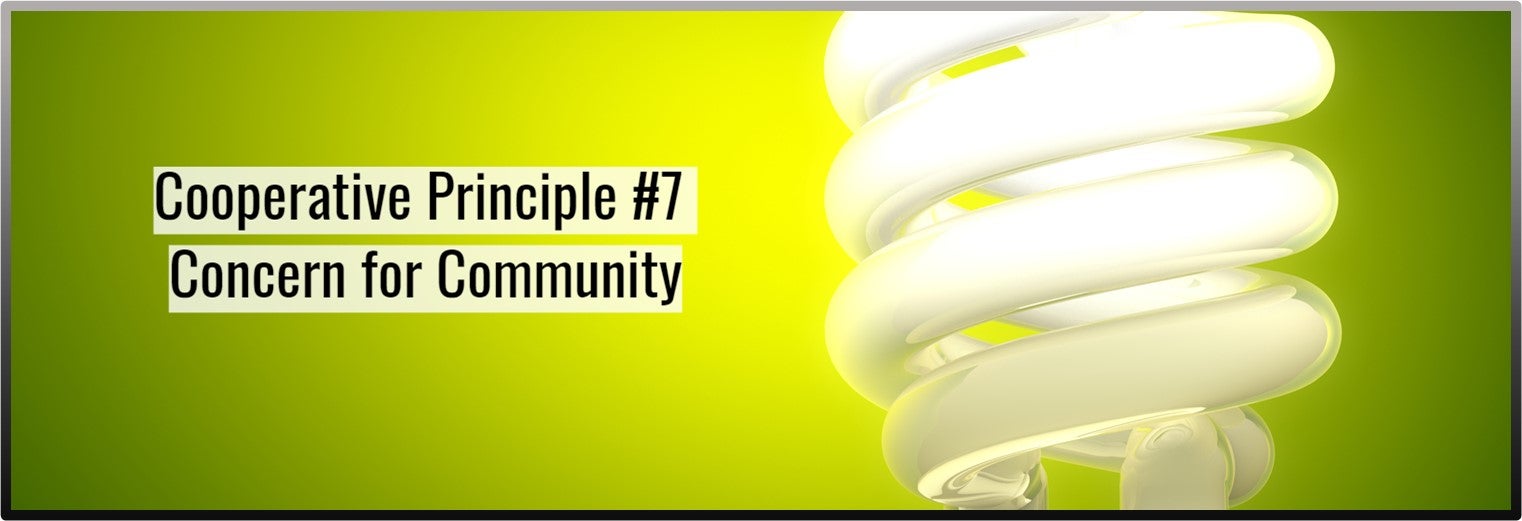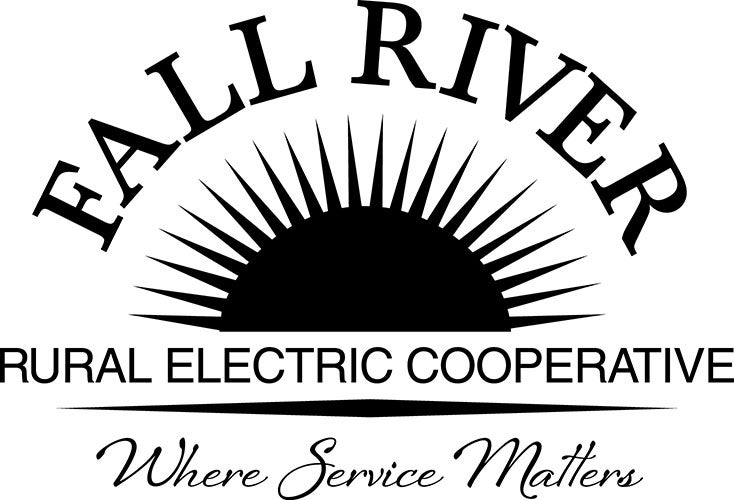CFLs are made of glass tubing containing about 4 milligrams of mercury. Although this isn’t much – classic thermometers contain 500 milligrams of mercury – preventing the accumulation of CFLs in landfills will help protect sanitation workers.
CFLs are considered household hazardous waste and should be disposed of properly by having them recycled. Your Cooperative recycles CFLs and accepts them at the Ashton, Driggs and West Yellowstone offices during business hours.
Before dropping them off, please place your CFL in two sealed plastic bags to ensure the safety of Fall River staff and recycling center workers.
Cleaning Up a Broken CFL
CFLs pose no health risks as long as they remain intact. When a CFL is broken, mercury vapor may escape.
Before cleanup
-
Have people and pets leave the room.
-
Air out the room for 5-10 minutes by opening a window or door to the outdoor environment.
-
Shut off the central forced air heating/air conditioning (H&AC) system, if you have one.
-
Collect materials (stiff paper/cardboard, sticky tape, damp paper towels/wet wipes) needed to clean up broken bulb.
During cleanup
-
Be thorough in collecting broken glass and visible powder.
-
Place cleanup materials in a sealable container (plastic bag or glass jar).
After cleanup
-
Place your broken bulb in two sealed plastic bags and drop it off at any Cooperative office location.
-
If you cannot drop off broken bulbs promptly, place all bulb debris and cleanup materials outdoors until materials can be disposed of properly. Avoid leaving any bulb fragments or cleanup materials indoors.
-
For several hours, continue to air out the room where the bulb was broken and leave the H&AC system shut off.
For more detailed guidance on cleaning up and safely disposing of a broken CFL, please visit: www.epa.gov/cflcleanup


